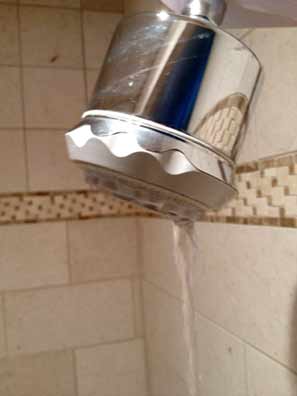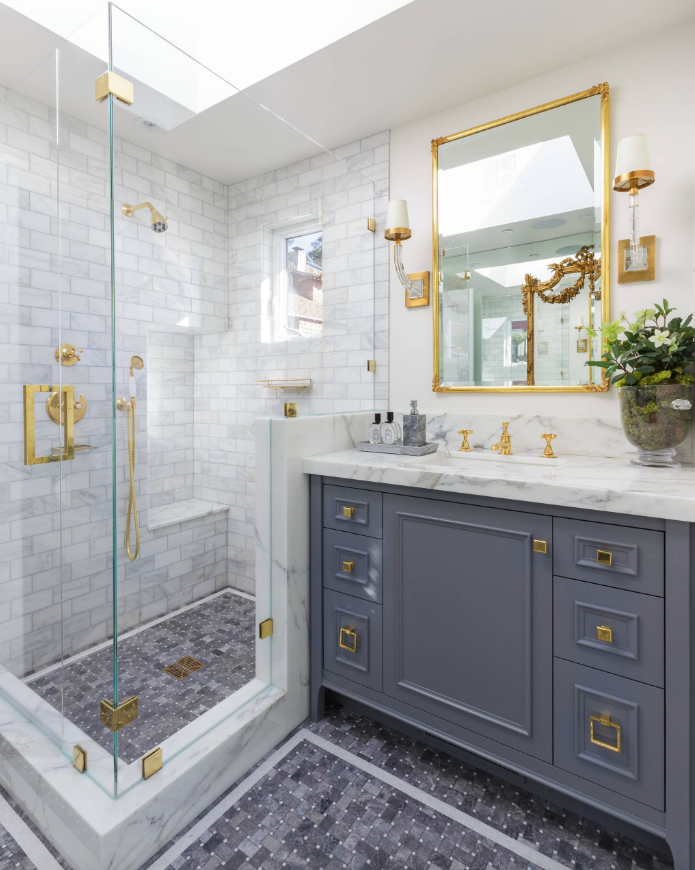How to Detect and Fix Leakages in the Bathroom: Key Insights
How to Detect and Fix Leakages in the Bathroom: Key Insights
Blog Article
How do you actually feel about Tips For Water Leak Detection In Bathroom?

Washroom leaks are annoying as they interrupt your day's plan. They vary in seriousness depending on the source of the leak. You must prioritize them, as they can rapidly worsen. So, it is a relief that most washroom leakages are easy to deal with and identify, with marginal cost effects.
Having a water leak in restroom can be demanding to the homeowner. The article serves as a "initial help" when you require an emergency situation feedback to a water leak in washroom.
Discovery and Repair of Water Leakage in Shower Room
Water leakage in restroom generally results from plumbing as well as pipeline faults. You may require a standard understanding of these leakage types to find the water leak in shower room.
Clogged Washroom Sinks
Often, the water leak in bathroom arises from sink clogs. This is usually an annoyance to house owners and might be unpleasant. Blockages might result from the build-up of soap residue, hair bits, or particles that block the drain. It is very easy to handle blockages, and also you may not need professional skills.
What to Do
You can make use of a drain snake to get rid of the debris in the drainpipe and let the stagnant water circulation. Drain pipes cleansers are also offered in shops and also are very easy to use.
Toilet Leaks
Occasionally, water leaks from the toilet as well as pools around the bathroom base. It is an eye sore in the bathroom and requires punctual attention. Sometimes, it arises from a loose connection between the toilet and the storage tank. This creates water to drip from the cistern to the floor. It might additionally arise from fractures in the toilet dish or a malfunctioning shut-off shutoff.
What to Do
You only need to tighten them if there are loose screws in between the tank and also commode. Occasionally you might require to reapply wax on the gasket or call in a shower room leakage specialist to change broken or worn parts.
Sprinkle Leaks
These commonly arise from water splashing on the restroom flooring from the bathtub. It issues of using an inadequate shower drape or used bath tub cellular lining. It harms the washroom flooring as well as may trigger rot to wood floorings as well as washroom doors. The water normally pools around the tub or shower. This may result in even worse bathroom damages without prompt handling.
What to Do
This shower room leakage is the most convenient to deal with. You just need to replace the drapes or recaulk the tub or shower. You might require to alter these to protect against additional damage if the leakage has harmed the shower room floor or door. The good news is that you can include a pipes professional to help with the washroom repair service.
Final thought
Water leaks in the restroom are avoidable occasions in the home. When they do, fix them immediately, or engage the services of a professional.
The post offers as a "initial help" when you require an emergency situation action to a water leakage in washroom.
Water leakage in shower room typically results from plumbing and pipe faults. You might require a standard knowledge of these leakage types to detect the water leak in shower room. Occasionally, the water leakage in bathroom results from sink obstructions. It damages the restroom flooring and also might create rot to wood floorings as well as restroom doors.
5 Ways You Can Tell There's Water Leaking In The Bathroom
Mold and mildew
The presence of mold or mildew is a big indicator of a water leak. It's not unordinary to see mold or mildew in parts of your bathroom where water accumulates, like showers and sinks, but it's a problem if you notice it growing in other places. Mold grows in places that are moist and dark so it can point you to hidden water leaks.
Read More: https://www.housedigest.com/927314/ways-you-can-tell-theres-water-leaking-in-the-bathroom/If you notice mold or mildew growing on bathroom walls, floors, or ceilings you should be concerned. Other than pointing you in the direction of a potential leaky pipe behind your walls or under your floors, mold is dangerous to your health, according to The Waterworks. Mold can cause an allergic reaction with symptoms like watery eyes, runny noses, sneezing, headaches, and difficulty breathing. Since mold is not only unsightly to look at, but a health hazard it's important to take care of the leak as soon as possible so the mold can be cleaned before it spreads.
Read More: https://www.housedigest.com/927314/ways-you-can-tell-theres-water-leaking-in-the-bathroom/Damaged walls or floors
Unexplainable damage to your bathroom walls and floors is another sign of water leaking. If drywall gets wet it will crumble, bubble, and even warp or break apart. Before you notice your drywall deteriorating you may see the paint blistering or chipping off the wall. Or if you have wallpaper, it will begin to peel off when wet and show water stains.
Read More: https://www.housedigest.com/927314/ways-you-can-tell-theres-water-leaking-in-the-bathroom/Unstable toilet
When you sit on your toilet does it wobble? If it is unstable your toilet potentially has a flange leak, according to The Pink Plumber. Toilets are supposed to sit stable on the bathroom floor and should never be able to be moved around. There are screws that keep the toilet secured down to the floor and a wax ring that connects the toilet to the waste pipe. The wax ring creates a water-tight seal so nothing leaks when water and waste are moving through the toilet. If the wax seal is damaged or worn down it will no longer provide the proper seal, causing a flange leak and allowing wastewater to seep out.
Read More: https://www.housedigest.com/927314/ways-you-can-tell-theres-water-leaking-in-the-bathroom/Wet bathroom cabinets
Wet bathroom cabinets are a sure-fire way to tell if you have a water leak in your bathroom. When your cabinets are wet it is likely because of leaks from sink faucet or water supply lines. You will know that your cabinets are damp if you see any water stains inside the cabinets. If it is a leak from a water supply line The Pink Plumber explains that you will see water dripping out from the connectors or even puddles in the cabinets.
Read More: https://www.housedigest.com/927314/ways-you-can-tell-theres-water-leaking-in-the-bathroom/https://www.housedigest.com/927314/ways-you-can-tell-theres-water-leaking-in-the-bathroom/

I'm just very fascinated by How to Check for Bathroom Leaks and I'm hoping you liked the new piece. Feel free to take the time to distribute this content if you appreciated it. Thank you for your time spent reading it.
Maintain plumbing standards; contact us. Report this page